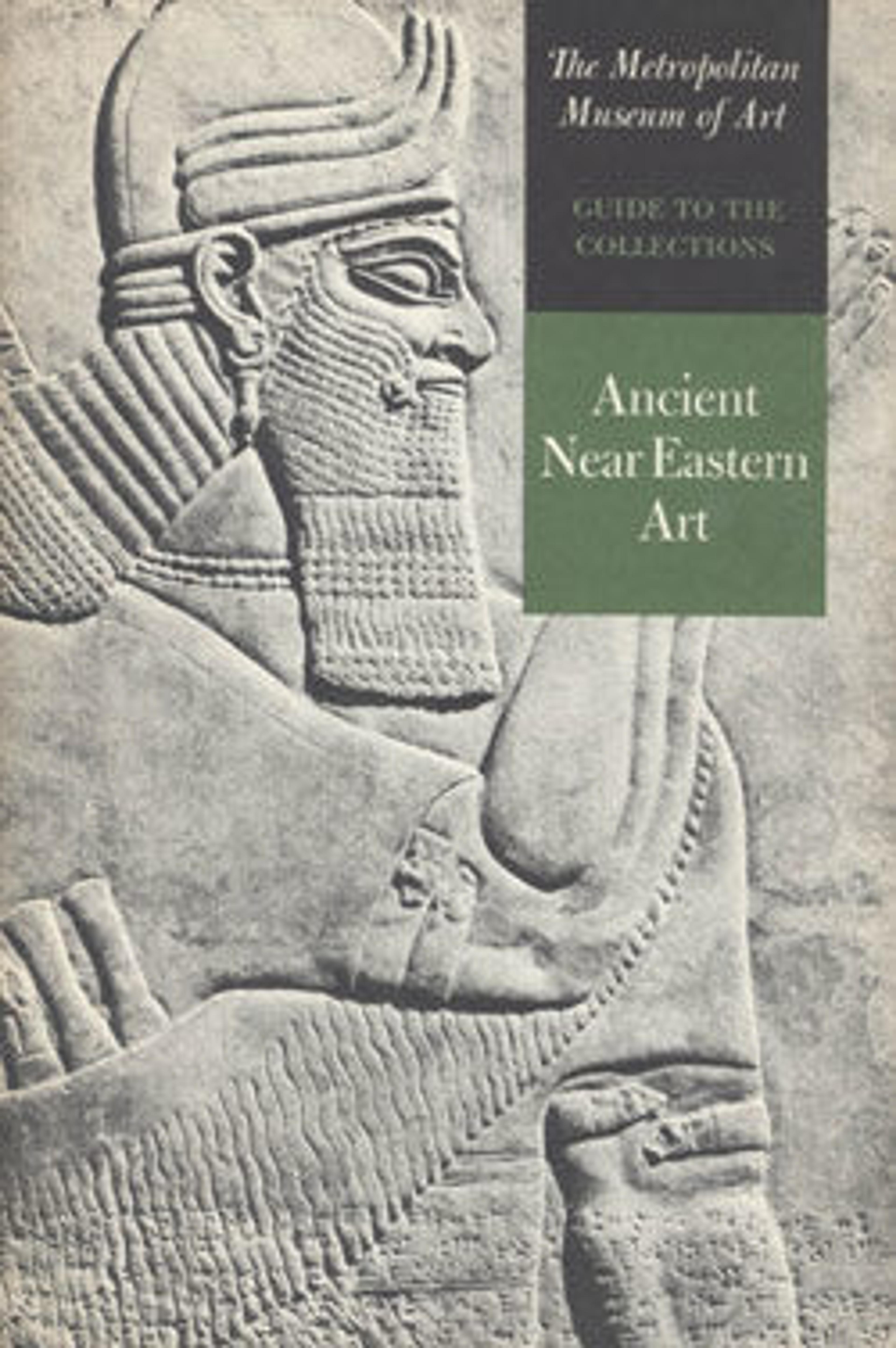Cylinder seal and modern impression: bull-man, bearded hero, and lion contest frieze
Although engraved stones had been used as early as the seventh millennium B.C. to stamp impressions in clay, the invention in the fourth millennium B.C. of carved cylinders that could be rolled over clay allowed the development of more complex seal designs. These cylinder seals, first used in Mesopotamia, served as a mark of ownership or identification. Seals were either impressed on lumps of clay that were used to close jars, doors, and baskets, or they were rolled onto clay tablets that recorded information about commercial or legal transactions. The seals were often made of precious stones. Protective properties may have been ascribed to both the material itself and the carved designs. Seals are important to the study of ancient Near Eastern art because many examples survive from every period and can, therefore, help to define chronological phases. Often preserving imagery no longer extant in any other medium, they serve as a visual chronicle of style and iconography.
The modern impression of the seal is shown so that the entire design can be seen. The imagery on this seal depicts a so-called contest scene showing various types of human, animal and composite figures, engaged in some form of combat. Two rampant lions are shown with bodies crossed. One attacks a rampant bull and the other attacks a human-headed bull. A reversed bull appears next to a nude bearded hero with one eye. A small rearing bull stands next to him and faces two animals, arranged in a vertical line.
The modern impression of the seal is shown so that the entire design can be seen. The imagery on this seal depicts a so-called contest scene showing various types of human, animal and composite figures, engaged in some form of combat. Two rampant lions are shown with bodies crossed. One attacks a rampant bull and the other attacks a human-headed bull. A reversed bull appears next to a nude bearded hero with one eye. A small rearing bull stands next to him and faces two animals, arranged in a vertical line.
Artwork Details
- Title:Cylinder seal and modern impression: bull-man, bearded hero, and lion contest frieze
- Period:Early Dynastic III
- Date:ca. 2600–2350 BCE
- Geography:Mesopotamia
- Culture:Sumerian
- Medium:Marble
- Dimensions:1.75 in. (4.45 cm)
- Credit Line:Gift of Walter Hauser, 1955
- Object Number:55.65.4
- Curatorial Department: Ancient West Asian Art
More Artwork
Research Resources
The Met provides unparalleled resources for research and welcomes an international community of students and scholars. The Met's Open Access API is where creators and researchers can connect to the The Met collection. Open Access data and public domain images are available for unrestricted commercial and noncommercial use without permission or fee.
To request images under copyright and other restrictions, please use this Image Request form.
Feedback
We continue to research and examine historical and cultural context for objects in The Met collection. If you have comments or questions about this object record, please contact us using the form below. The Museum looks forward to receiving your comments.
